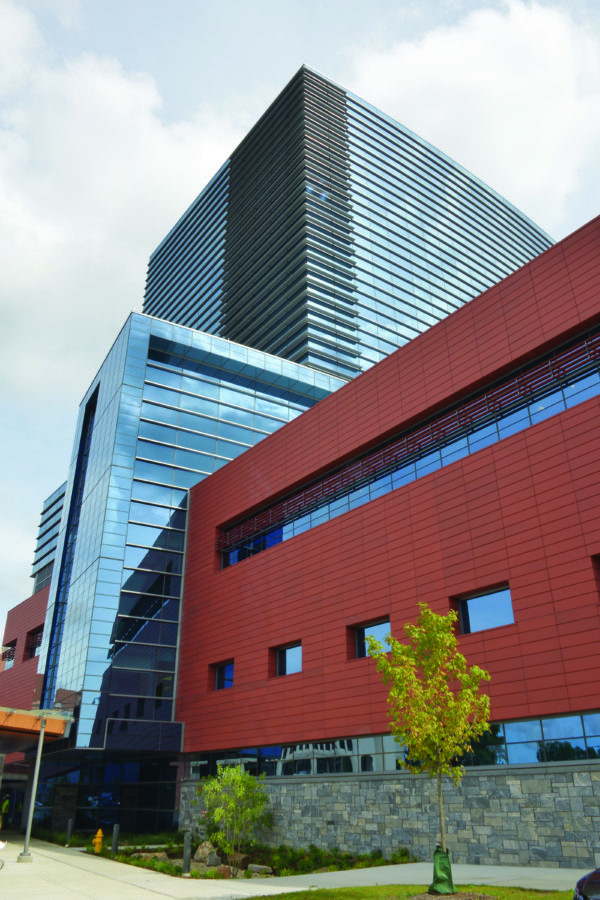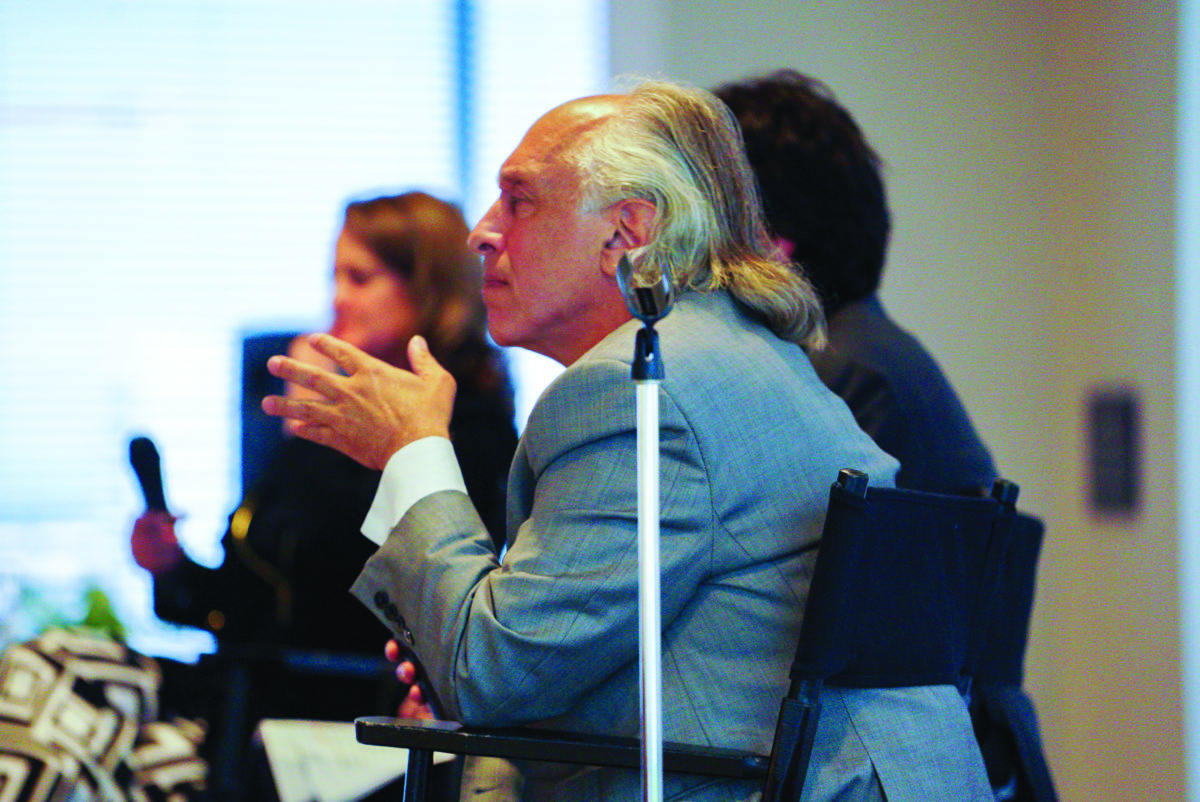As part of its recently completed $450 million rebirth, Stamford Hospital”™s Heart & Vascular Institute has been centralized to provide convenience and service to patients and medical staff alike.
So said Dr. David Hsi, chief of cardiology and co-director with chief of cardiac surgery Dr. Michael Coady of the hospital”™s heart programs.
“We have always been proud of our tradition of teamwork,” Hsi said. “This improves that by enabling us all to work together even more closely.”
The Heart & Vascular Institute (HVI) provides cardiac surgery, vascular surgery, non-invasive and interventional medical cardiology, integrative cardiology, interventional radiology, and rehabilitation services in its new, 27,000 square foot single-care environment. Its infrastructure was created to accommodate current and future technologies, Hsi said.
New facilities include two cardiac catheterization labs, one of which is a hybrid room with the capability of EP (electrophysiology, typically used as a diagnostic tool but also used to help correct arrhythmias through catheter ablation), vascular and TAVR (transcatheter aortic valve replacement) procedures, and a dedicated EP study lab.
The consolidation of the hospital”™s cardiac care services also brings patients into closer proximity to other critical services, such as emergency care and trauma, which further aids in facilitating diagnosis and treatment, he said.
Many of those services and facilities were spread throughout the old Stamford facility, as the existing building did not have enough space to encompass new technologies and treatments, Hsi explained.
“For patients, there is a huge convenience factor,” he continued. “Everything from a simple heart ultrasound to advanced cardiovascular procedures are in one place. You often need a complicated plan to manage patients”™ conditions. Medicine, imaging and treatment are now centralized, offering access to all specialists who can use all the equipment at their disposal. All of our specialists are now together, which helps in treating patients, referring to each other, and consulting with each other.”
Private consultation rooms for patients, families and caregivers are also located nearby, as part of Stamford”™s dedication to the patient-focused Planetree philosophy, named for the nonprofit patient-centered care organization of hospitals and other health care organizations headquartered in Derby.
The Planetree approach guides organizations in making patient-centered care the centerpiece of a cohesive strategy that accelerates quality improvement, drawing input from patients, long-term care residents, family members and health care professionals. Stamford has been accredited as a Planetree Designated Patient-Centered Hospital, one of a handful in the country so designated.
Hsi noted that the hospital also adheres to the Medicare Quality Measures, tools to help staff measure or quantify health care processes, outcomes, patient perceptions, and organizational structure and/or systems that are associated with the ability to provide high-quality health care and/or that relate to one or more quality goals for health care, which include effective, safe, efficient, patient-centered, equitable, and timely care.
As with the rest of the hospital, cardiology in-patients are located on a single floor, in this case the ninth. Depending on their care need, they may also be in ICU, located on the second floor, where the HVI is also located.
“That”™s also a part of Planetree,” Hsi said. “Every room is private with a private bathroom, and is large enough to accommodate an extended family stay. The helps provide the ”˜human touch”™ ”” healing that goes beyond technology and that is a critical component of our patient care.”
The HVI further allows Stamford to be the first hospital in the state to offer several advanced cardiovascular procedures, he added. Those include the ability to provide advanced monitoring of blood pressure within the heart, an advanced use of ultrasound to diagnose and treat atrial fibrillation and other conditions, and replacing heart valves subcutaneously without cutting open the patient”™s chest.
The HVI participates in several national safety initiatives, including the American College of Cardiology National Cardiovascular Disease Registries and the American Heart Association “Get with the Guidelines” Program, which measure the level of care provided to heart patients, Hsi added.






















